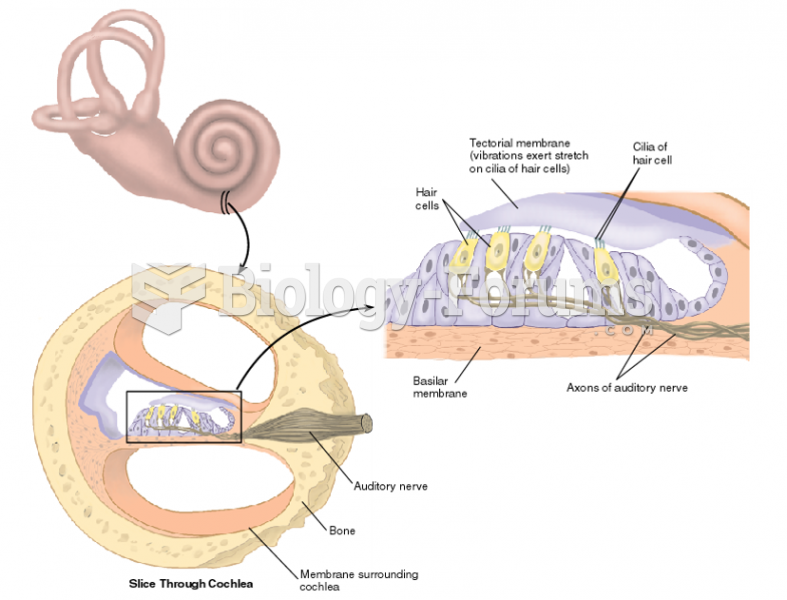|
|
|
Hypertension is a silent killer because it is deadly and has no significant early symptoms. The danger from hypertension is the extra load on the heart, which can lead to hypertensive heart disease and kidney damage. This occurs without any major symptoms until the high blood pressure becomes extreme. Regular blood pressure checks are an important method of catching hypertension before it can kill you.
Street names for barbiturates include reds, red devils, yellow jackets, blue heavens, Christmas trees, and rainbows. They are commonly referred to as downers.
In 1885, the Lloyd Manufacturing Company of Albany, New York, promoted and sold "Cocaine Toothache Drops" at 15 cents per bottle! In 1914, the Harrison Narcotic Act brought the sale and distribution of this drug under federal control.
Inotropic therapy does not have a role in the treatment of most heart failure patients. These drugs can make patients feel and function better but usually do not lengthen the predicted length of their lives.
Many people have small pouches in their colons that bulge outward through weak spots. Each pouch is called a diverticulum. About 10% of Americans older than age 40 years have diverticulosis, which, when the pouches become infected or inflamed, is called diverticulitis. The main cause of diverticular disease is a low-fiber diet.
 Competition in a forest can be as intense as competition on a coral reef. However, much of the compe
Competition in a forest can be as intense as competition on a coral reef. However, much of the compe
 Lynx pardinus, the Iberian lynx, is critically endangered, and is the subject of intense conservatio
Lynx pardinus, the Iberian lynx, is critically endangered, and is the subject of intense conservatio
 Taking off is one of the main times albatrosses use flapping to fly, and is the most energetically d
Taking off is one of the main times albatrosses use flapping to fly, and is the most energetically d




